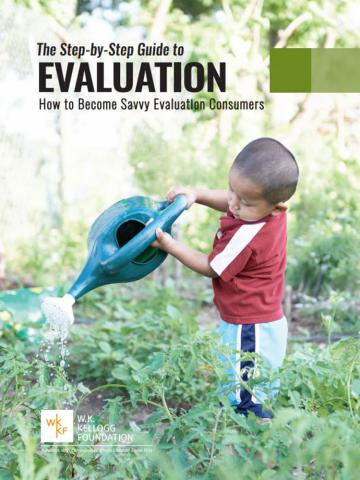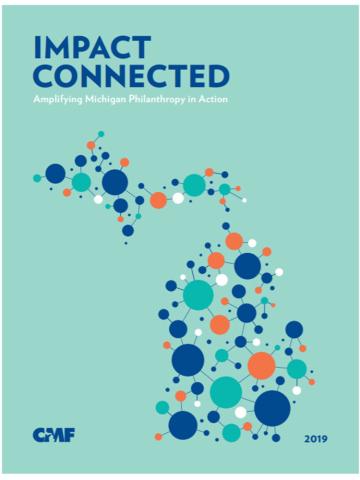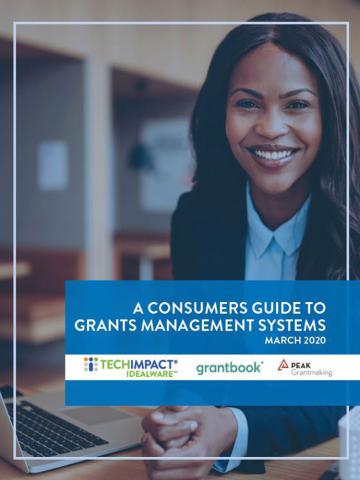Best practices are operational standards for community foundation YACs and YACers to make the YAC organization and its members the most effective grantmakers and community leaders possible.
YAC Best Practices – A tool from the Michigan Community Foundations Youth Project Committee, this document outlines 14 important standards YACs should work toward meeting each year.
YAC Best Practices Manual – This resource is intended to provide YAC members and advisors with specific strategies they can use to achieve YAC Best Practices.
YAC Best Practices Assessment Brochure – See how well your YAC meets the YAC Best Practices by identifying your committee’s strengths and weaknesses. Then, look for ways you can improve on what your YAC is doing and retake the assessment to track your progress.
YACer Best Practices – This resource, released by the Michigan Community Foundations Youth Project Committee, outlines steps that a YAC member can take to be the best YAC member they can be. It is not expected that each YAC member will meet all 12 of these best practices, but the more YACer Best Practices a YAC member meets, the better their YAC experience will be.
YACer Best Practices Manual – This resource is intended to provide YAC members with specific steps they can take to be effective and engaged YAC members, as defined by the YACer Best Practices.
YAC Advisor Best Practices – The YAC Advisor Best Practices was a guideline developed by YAC Advisors across the state to draw attention to some of the essential duties a YAC Advisor has in assisting in the development of their Youth Advisory Council members and ensuring productivity of the YAC.
YAC Advisor Best Practices Manual – The YAC Advisor Best Practices Manual provides YAC Advisors with specific steps they can take to fully empower their young people and aid in their development as youth philanthropists.


